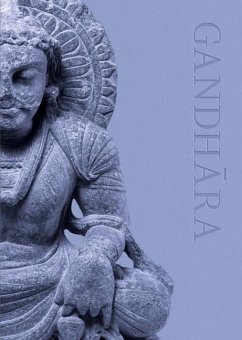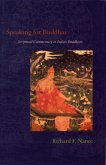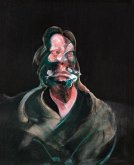The art of ancient Gandhara produced unique works of art in the style of the Hellenistic period of the 4th century AD. 1-6th centuries BC. It was the first time that the Buddha was depicted in human form, and to the northwest of India, in one of the busy regions of the Silk Road: the land of Gandhara, a new type of art created unique Hellenistic style Buddhist sculpture. Besides free-standing Buddha and Bodhisattva statues of exceptional beauty, reliefs were characteristic features of Gandharan art, depicting episodes from the life of the Buddha, decorating the walls of stupas, shrines for Buddhist relics. The exhibition showcases the Gandharan collection of Ferenc Hopp Museum of Asiatic Arts, 82 statues made of Himalayan grey schist and stucco, within their historical and art historical contexts. The Gandharan collection, was donated almost entirely by Mr. Imre Schwaiger (1868-1940) a Hungarian-born, Delhi and London based art dealer, who donated numerous Asian art objects to the Museum, all of first-class quality. The exhibition and the catalogue also honours the memory of this generous donor, also known as the "second founder of the Museum."
Hinweis: Dieser Artikel kann nur an eine deutsche Lieferadresse ausgeliefert werden.
Hinweis: Dieser Artikel kann nur an eine deutsche Lieferadresse ausgeliefert werden.








